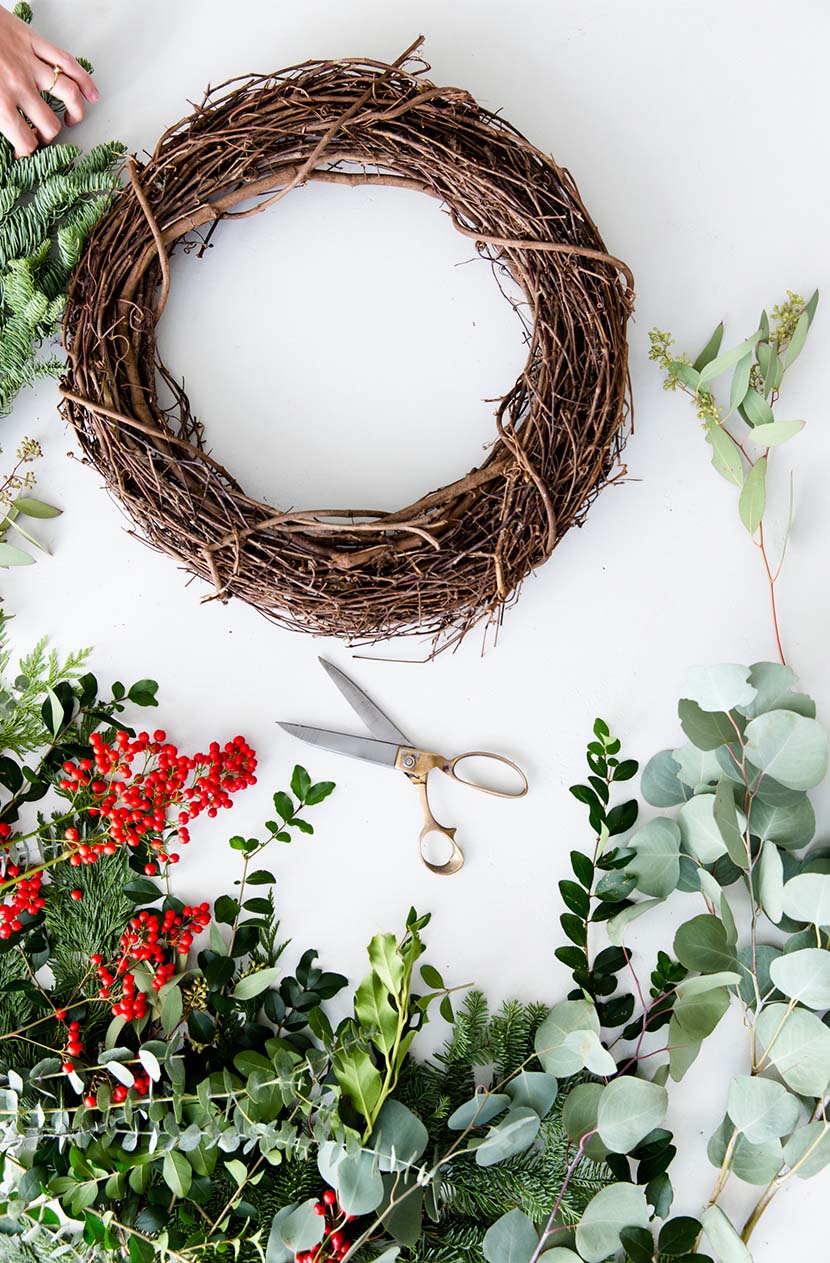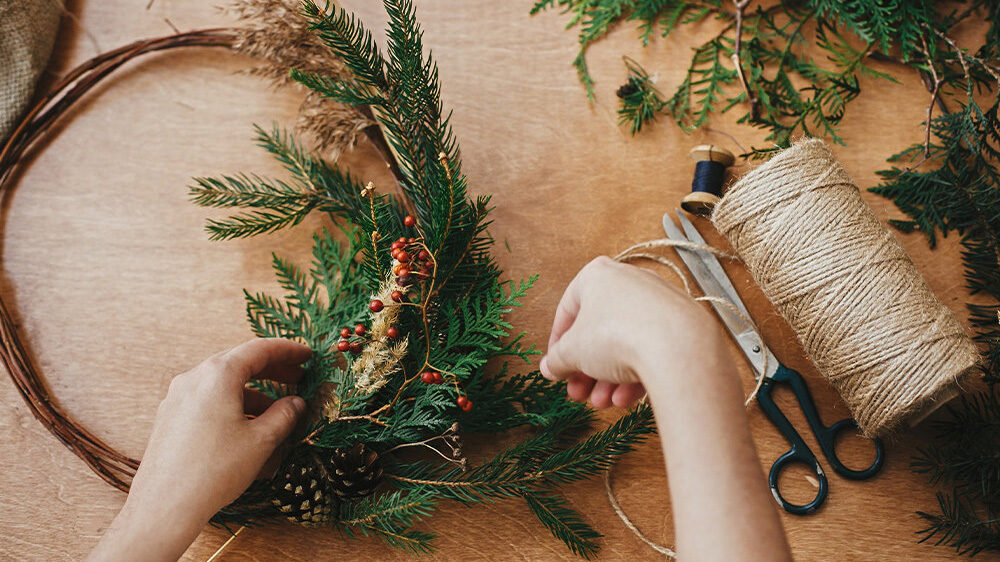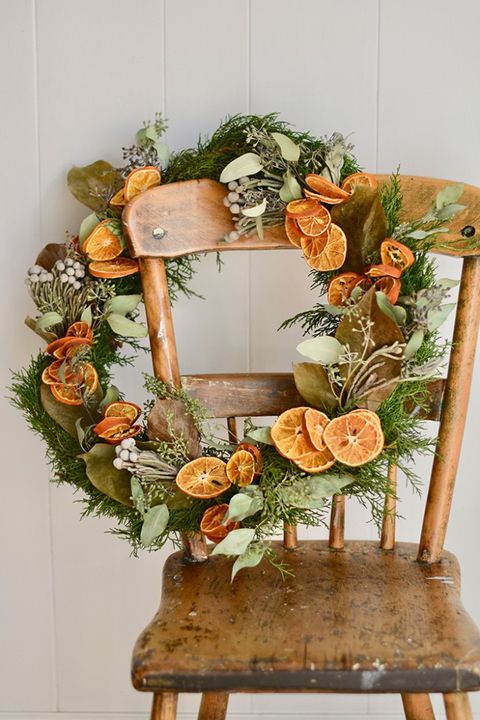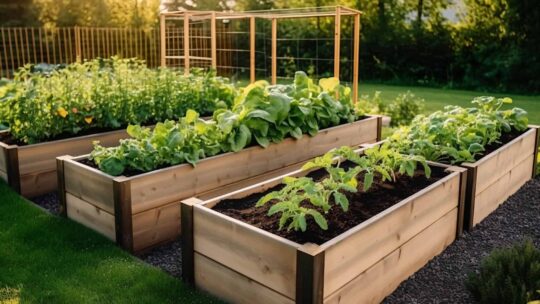The holidays are all about spending time with those who matter most. Why not get the most out of your family time with a simple, festive DIY project that anyone can partake in? All it takes are some foraged materials right from your backyard and you’ll create some natural décor, wonderful aromas, and even better memories. So, nature enthusiasts, look no further for a fun holiday craft idea with ambassador Grae Buck’s DIY holiday wreath.
While the project will consist of primarily natural materials, there are a few items to purchase:
- Wreath form
- Thin wire
- Wire cutters
- Craft glue or floral tape
- Pruning shears for harvesting materials

Step One
Harvest greenery or branch materials, including:
- Evergreen branches, from pine, fir, spruce, juniper, laurel, bay, holly, ivy, boxwood, etc.
- Vines, green or brown, that can be shaped around the wreath
- Herbs such as rosemary, sage, thyme, lavender
- Flowers or dried flower heads and pods from magnolia, hydrangea, sedums, Chinese lantern flower, coneflower, globe thistle, or pinecones
- Bark materials, such as birch
- Branch materials, such as red twig dogwood or holly (red), yellow twig dogwood (yellow), snowberry (white), or curly willow for added dimension to your wreath
Choosing several different types of greenery with varying colors and textures will increase visual interest. Consider using branches with berries for to up the festive aesthetic.
Step Two
Begin by securing small bunches of the greenery to the wreath form with wire, overlapping slightly. Alternate which way the bunches are oriented on the form, angled left and right, to fully cover it.
Step Three
Optional
Add your foraged materials to the form. For a bit more festive flare, ribbons, jingle bells, or burlap bows can be incorporated to add a nice textural contrast. Secure with wire, floral tape, or craft glue.
If you’re looking to create a themed holiday wreath, other items such as small ornaments or lights can be woven in for a unique Christmas look. Or, you can add a year-round edible aesthetic amenity to your kitchen with a wreath made entirely out of herbs!
Precautions
Before you get to work on harvesting and crafting, there are a few points to take into consideration to protect you, your pets, your loved ones, and the plants donating their petals, stems, and leaves to your breathtaking wreath.
- Familiarize yourself with poisonous plants, such as poison ivy or poison oak, which often grow as vines.
- Inspect your plant materials for disease, insects, or insect eggs before bringing them inside your home.
- When collecting materials in your backyard, limit your harvest from each plant to prevent injury. Use the correct pruning shears, and clip branches properly.
- If you have pets in your home, ensure that your selected plants are non-toxic. Examples of a few harvestable plant species to avoid due to toxicity include yew (poisonous to both humans and animals) and lilies (poisonous to dogs and cats, specifically).





